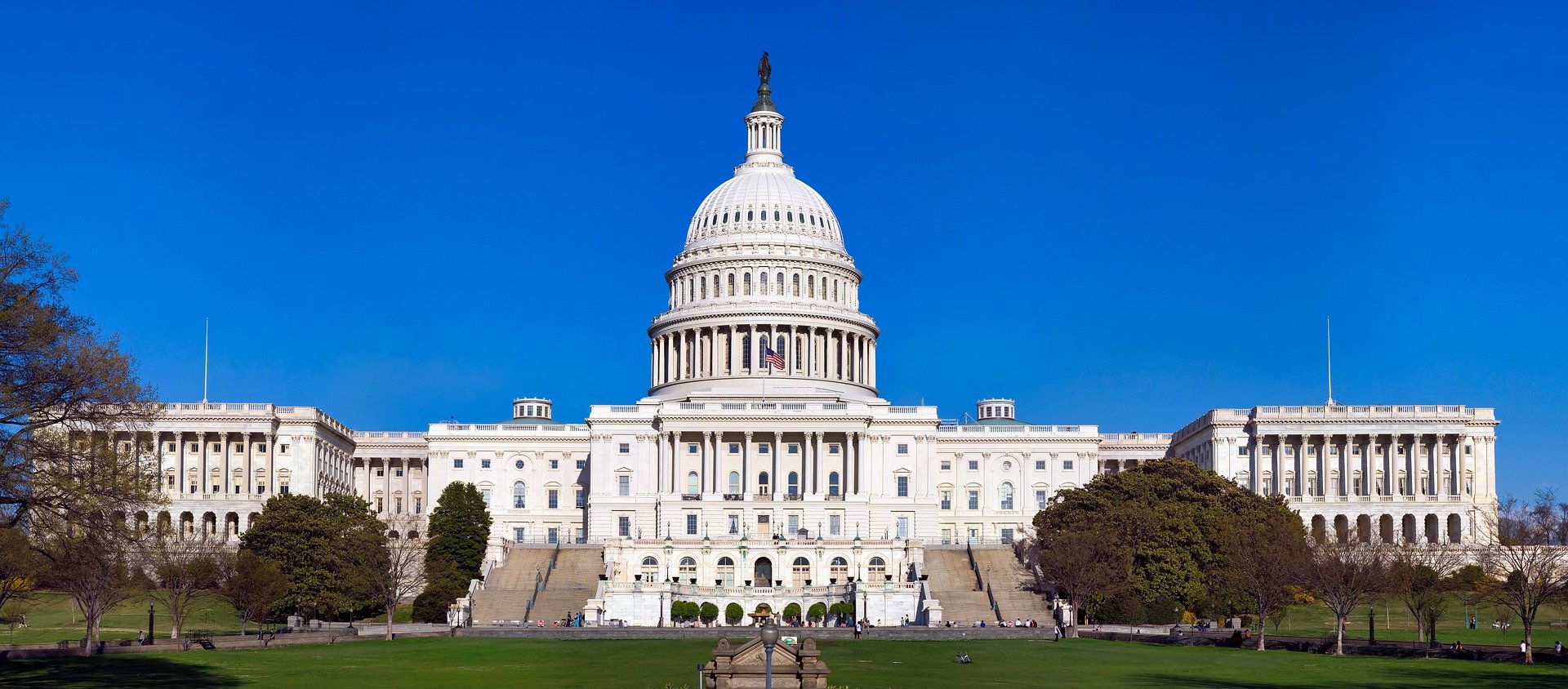Inside the US Capitol Building
Explore the building that is a symbol of the American people
The meeting place of the United States legislature, the Capitol is one of America’s most recognised buildings. Construction began on 18 September 1793 when George Washington laid the cornerstone. Building was swift and, in November 1800, the US Congress met in the first completed portion: the north wing. By the 1850s, major extensions to the north and south ends of the Capitol were authorised because of America’s westward expansion and the resultant growth of Congress. In 1855, the old dome was considered too small and so the iconic dome which tops the building today was designed and installed, drawing inspiration from St Paul’s Cathedral in London and St Peter’s Basilica in Rome.
From its conception to completion, a number of materials have been used in the Capitol’s construction. Built in the neoclassical style, the Capitol was first made of brick and sandstone. Only later did it take on its gleaming white appearance – the whole of the exterior and much of the interior being faced with white marble. The dome it’s crowned with, however, is supported by cast iron and most of the more recent building projects have been constructed from more reasonable reinforced concrete.
The Visitor Center is the newest and possibly final addition to the US Capitol building. Covering an area of nearly 53,885 square metres (580,000 square feet), the Visitor Center is the largest building project in the Capitol’s more than two-century history and is approximately three-quarters the size of the Capitol itself.
Due to its size, the entire facility was built underground so as not to detract from the appearance of the original building and the grounds designed by Frederick Law Olmsted in 1874. As well as a tourist attraction visited by millions every year, the US Capitol – like the Palace of Westminster in London – is a working office building and the centre of the world’s largest democratic government.
The Capitol and urban legend
Not surprisingly, the US Capitol building has become the focus of urban legend and a source of creative inspiration for writers, conspiracy theorists and film directors alike. Not only has it been claimed that the number of columns and steps in various locations in the Capitol have symbolic meanings, but it is believed by some that the building conceals hidden passages and chambers. It is also widely thought that the Capitol served as a prison during the American Civil War, although this is not the case.
The Capitol has frequently appeared in works of fiction too. For example, in Dan Brown’s book The Lost Symbol, the idea that the Capitol’s crypt originally featured an eternal flame tended by its own ‘keeper’ is introduced – a delightful conceit which many now cite as historical fact. It’s also said to be the American landmark which has been most frequently blown up in Hollywood films, including 2013 movie White House Down.
For more science and technology articles, pick up the latest copy of How It Works from all good retailers or from our website now. If you have a tablet or smartphone, you can also download the digital version onto your iOS or Android device. To make sure you never miss an issue of How It Works magazine, subscribe today!
You may also like:
Five amazing George Washington facts







